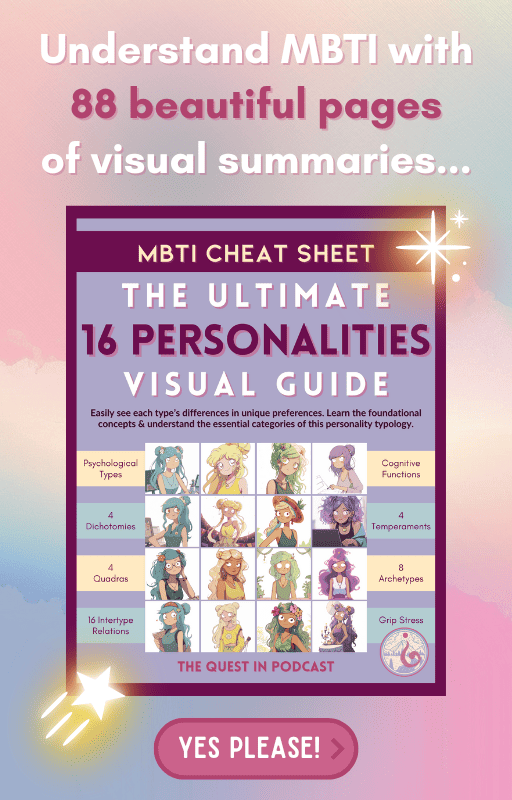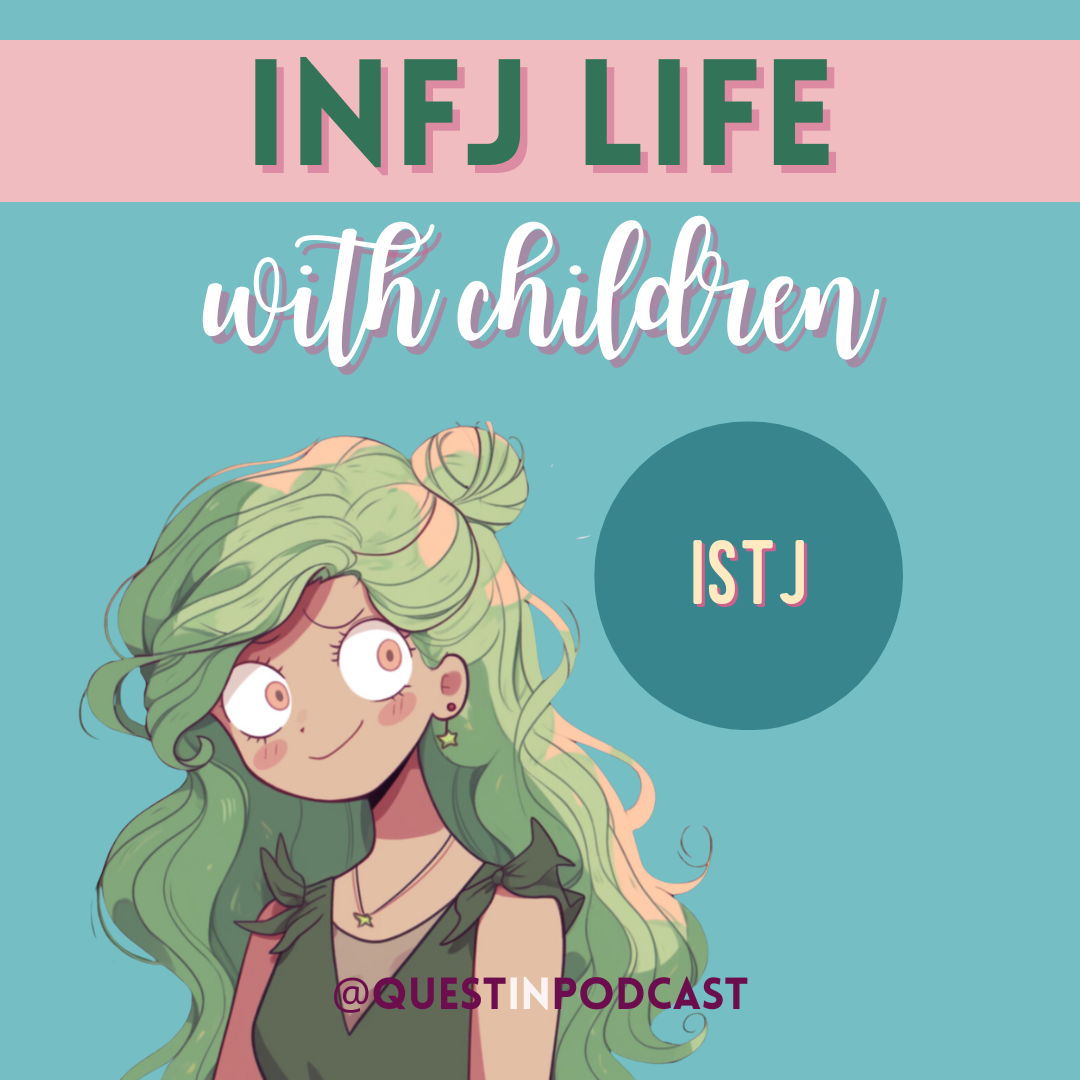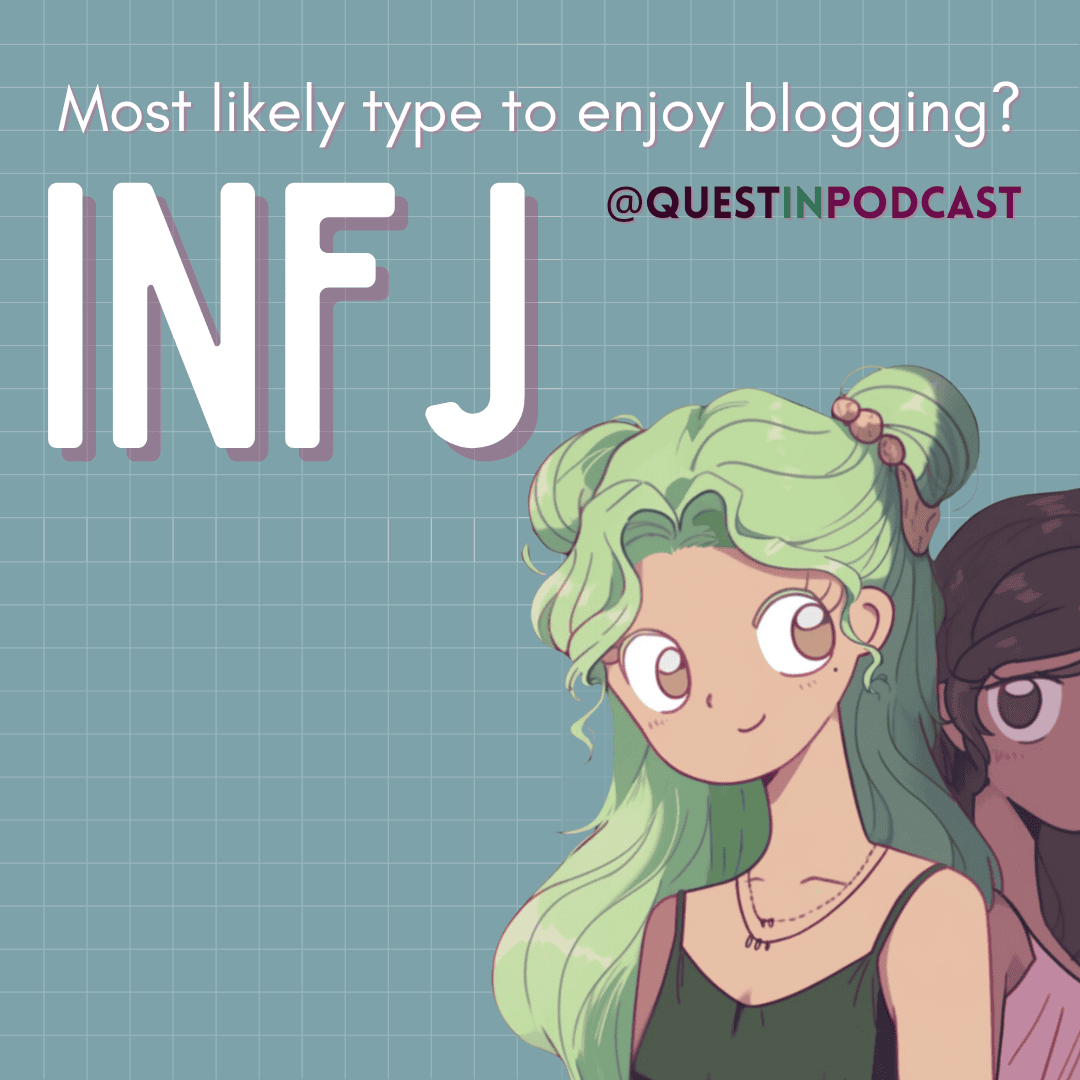
Key Differences Between Socionics and MBTI Personality Theories
What are the differences between Socionics and MBTI personality theories?
Personality tests introduced many into the world of personality theories. Socionic types differ but share many similarities with the MBTI system. Differences between Socionics and MBTI include a fuller depth of typology and intertype relations…
The Socionic models are a further step deeper into learning how to understand your personality type. The applications of Socionics can be used to optimize group internal dynamics of information and energy exchanges.
Learn more about the Socionics theory of human behavior in this book: Psychological Types: Why Are People So Different?: 64 Portraits in Socionics. How each of the 16 Jungian types varies in 4 main ways Paperback – September 30, 2019 by Victor Gulenko (Author), I J Goldman (Editor)
Socionic Definitions
Socionics: “a scientific approach to researching the most common patterns of energy-information between the human psyche and the surrounding reality (including stable social groups) through the use of modeling.”
Type: “congenital and immutable in the process of life structure of the psyche, the type determines the way the mind interacts with information and accompanying this process of energy conversion.”
Socionic model: “the theoretical model depicting particular qualities of sociotype functioning. There exist two types of socionic models: 1) positional-functioning, where the sociotype is analyzed as a system of functions positioned in their strict places; and 2) indicator models, where the sociotype is analyzed as a specific sum of poles of socionic markers, where their order is not significant. Traditionally, the models in socionics are positional-functional.”
Socionic information: “tall types of information humans can perceive in any way. In socionic theory the information divides into eight independent aspects. Each aspect is processed by corresponding to one of the eight functions, which in turn occupy one of the eight positions of the model. Each type has a unique sequence of functions according to their strength in this model structure.”
Jung’s basis: “invented by Carl Jung, it is a system of four independent dichotomies of indicator poles including: intuition/sensation, thinking/feeling, extraversion/introversion, and rationality/irrationality. Jung is the most well-known basic on which the whole system of socionic types is based.”
Intertype relationships: “objectively forming communicative connections between the sociotypes of people. The stronger and the more intense the communication is, the closer the communicative distance becomes. There are, on the one hand, symmetrical relationships, in which energy-information exchange proceeds on an equal basis, and, on the other hand, asymmetric relations, which are unequal, inevitably leading to the separation of the leader and the subordinate.”
Socion: “the system of all 16 sociotypes (quaternion of quaternions), reflecting the full and complete composition of self-organizing systems in the micro- and macro-society.”
Socioanalysis: “applied field of humanitarian socionics whose main task is issuing clear recommendations on solving the problems of a specific person, forming and optimizing groups, as well as other applied problems on the basic of theoretical developments of fundamental socionics.”
Quadra: “a quaternion of sociotypes (four sociotypes) with a high degree of internal comfort, which is characterized by a temperamental balance. Quadra consists of two dual pairs of sociotypes with shared communicative priorities (values).
Socionics Theory
Socionics Personality called Model A – “revision Socionic model” – coined by Ausra Augustinaviciute
Socionics Personality called Model G – Victor Gulenko
Socionics Functions (Jungian Psychological Functions)
The eight psychological functions are mental functions that are characterized by distinct thinking patterns. The eight psychic functions describe how each personality type processes information elements and decides judgments.
There are eight different categories of focus as a result of these basic psychological functions. You could compare cognitive functions to muscles of the brain that are strengthened over time through consistent preferential use.
Each of the 8 cognitive functions is named by a single letter in Socionics. The letters are T, I, L, P, S, F, R, and E.
Introverted Intuition (Ni) = “Temporal Intuition” (T)
Gulenko defines (T) as “introverted intuition; function of the psyche observed in patient and cautious behavior.”
Extroverted Intuition (Ne) = “Opportunities Intuition” (I)
Gulenko defines (I) as “extroverted intuition; function of the psyche reflected in high-risk and non-standard behavior.”
Introverted Thinking (Ti) = “Structural Logic” (L)
Gulenko defines (L) as “introverted logic; the function of the psyche manifests itself in calm, cold-blooded, and pedantic behavior.”
Extroverted Thinking (Te) = “Pragmatic Logic” (P)
Gulenko defines (P) as “extroverted logic; the function of the psyche, manifesting itself in mobile, perseverance and endurance behavior.”
Introverted Sensing (Si) = “Comfort Sensation” (S)
Gulenko defines (S) as “introverted sensing; function of the psyche responsible for the care of the substantive requirements of the body: such as eating, sleeping, clothing, accommodation and so on.”
Physical sensations are closely monitored internally.
Extroverted Sensing (Se) = “Force Sensation” (F)
Gulenko defines (F) as “extraverted sensing; function of the psyche responsible for excitability and release of accumulated aggression.”
Physical sensations are closed and observed externally. Easily understands fundamental physical concepts, such as those in sports, dance, and experience of one’s environment. May engage in restless and proactive actions. This is characterized by energetic and proactive behavior.
Introverted Feeling (Fi) = “Relations Ethics” (R)
Gulenko defines (R) as “introverted ethics; function of the psyche forming modest and responsive behavior.”
Extroverted Feeling (Fe) = “Emotional Ethics” (E)
Gulenko defines (E) as “extroverted ethics; function of the psyche forming expressive and demonstrative behavior.”
Socionic Function Theory
Another eight different categories of this framework are the definitions of each cognitive function within a type’s function stack. In Socionics, the functions make up blocks.
Ego Functions (dominant and auxiliary functions)
Dominant and Creative Functions
Dominant Function (most utilized function)
Creative Function (secondary function)
Auxiliary Functions (weak and but conscious function, weak and conscious function, weak but conscious function)
Conscious versus Unconscious
Conscious functions are ego functions.
Unconscious functions are characterized by sometimes impulsive and unpredictable behavior.
Four Blocks in the Energy Model (Model G by Victor Gulenko)
Motivations of human behavior are demonstrated through the blocks.
Social Mission Block
Command Function [strongest conscious function]
Realization (Creative) Function [strong but unconscious function]
Social Adaptation Block
Role Function [weak and unconscious function]
Triggering (Igniting) Function [MBTI tertiary function]
Creative Self-Realization Block
Demonstrative Function
Dual Function
[MBTI inferior function, one of the two dual seeking functions]
Problematic (Inflation) Block
Braking Function [weak and unconscious function]
Controlling Function [weak and unconscious function]
Socionics Types
Intuitive Logical Introvert (ILI – INTp = INTJ Mastermind in Myers Briggs)
Leading with introverted intuition. The ILI personality type…
Intuitive Logical Extrovert (ILE – ENTp = ENTP Debater in Myers Briggs)
Leading with extroverted intuition. The ILE personality type…
Intuitive Ethical Introvert (IEI – INFp = INFJ Advocate in Myers Briggs)
Leading with introverted intuition. The IEI personality type…
Intuitive Ethical Extrovert (IEE – ENFp = ENFP Inspirer in Myers Briggs)
Leading with extroverted intuition. The IEE personality type…
Logical Intuitive Introvert (LII – INTj = INTP Researcher in Myers Briggs)
The LII personality type leads with a rational and introverted function.
Logical Intuitive Extrovert (LIE – ENTj = ENTJ Commander in Myers Briggs)
Leading with extroverted thinking. The LIE personality type…
Ethical Intuitive Introvert (EII – INFj = INFP Dreamer in Myers Briggs)
Leading with introverted feeling. The EII personality type…
Ethical Intuitive Extrovert (EIE – ENFj = ENFJ Mentor in Myers Briggs)
Leading with extroverted feeling. The EIE personality type…
Sensing Logical Introvert (SLI – ISTp = ISTJ Inspector in Myers Briggs)
Leading with introverted sensing. The SLI personality type… The sensory logical introvert is very aware of internal physical sensations.
Sensing Logical Extrovert (SLE – ESTp = ESTP Explorer in Myers Briggs)
Leading with extroverted sensing.
Sensing Ethical Introvert (SEI – ISFp = ISFJ Defender in Myers Briggs)
Leading with introverted sensing.
Sensing Ethical Extrovert (SEE – ESFp = ESFP Entertainer in Myers Briggs)
Leading with extroverted sensing.
Logical Sensing Introvert (LSI – ISTj = ISTP Craftsman in Myers Briggs)
Leading with introverted thinking.
Logical Sensing Extrovert (LSE – ESTj = ESTJ Supervisor in Myers Briggs)
Leading with extroverted thinking.
Ethical Sensing Introvert (ESI – ISFj = ISFP Designer in Myers Briggs)
Leading with introverted feeling.
Ethical Sensing Extrovert (ESE – ESFj = ESFJ Caregiver in Myers Briggs)
Leading with extroverted feeling.
Intertype Relations
How different Socionics types interact with each other based on how their cognitive functions correspond. Many intertype relations can be more easily understood on how one corresponding function is a strength in one type while considered the weakest function in the other type. The eight psychic functions in communication influence each partner’s interaction experience.
Each identity describes relations through the processing of information elements.
Examples are presented in regards to INFJs in the Myers Briggs system, but you can read a full compatibility post about their type with each of the 16 other types!
Dual Relationships
These personality types activate each other in the right way for each creative function of the creative self-realization block. It feels as a result of dual seeking functions that they complete each other’s creative functions of the creative self-realization block.
Example: INFJ + ESTP in MBTI
Activation Relationships
Activation personality types activate in a potentially irritating way each creative function. There is natural compatibility and chemistry, but irritation can result from too much time together. The relationship will benefit from adequate intermittent breaks from one another.
Example: INFJ + ISTP in MBTI
Identical Relationships
Identical means the same personality type. These two can feel very alike and easily understood by the other.
Example: INFJ + INFJ in MBTI
Mirror Relationships
Mirror relations occur between introverted and extroverted counterparts. These personality types have an instant understanding of one another and can admire different aspects of the other’s strengths.
Example: INFJ + ENFJ in MBTI
Half-Dual Relationships
Half-dual personality types contain some dual-seeking functions but differ from the other functions. The two types will seem mysterious and alluring to each other, yet neither are trying to appear so. The pair may be vulnerable to miscommunications.
Example: INFJ + ESFP in MBTI
Social Benefit Relationships
These personality types are recognized by the benefactor’s dominant function to be the beneficiary’s realization, which is the creative function of the social mission block.
Example: INFJ + INTP in MBTI
Extinguishing Relationships
Extinguishing personality types share the same order of functions but all of their conscious functions are reversed in introversion/extroversion. The two will be able to generate fun, engaging conversations between each other but there may be an extinguishing quality to the relationship when more people are introduced into their interactions.
Example: INFJ + ENFP in MBTI
Quasi-Identical Relationships
Quasi-identical personality types share the same first 3 letters in the MBTI type code, but their last letter is different as either J or P. At first glance, the two can seem similar enough but upon closer inspection, you can notice some major differences. They will not share any of the same conscious cognitive functions.
Example: INFJ + INFP in MBTI
Social Revision Relationships
These personality types… The social revisor’s dominant function is the partner’s braking (blindspot/trickster/7th in MBTI) function, considered the weakest function. Additionally, the partner’s dominant function is the social revisor’s demonstrative (secondary function in MBTI).
Example: INFJ + ESFJ in MBTI
Kindred Relationships
Kindred personality types share the same dominant function. There is a mutual understanding in thinking or operation as this type is the only other one that shares the same dominant function.
Example: INFJ + INTJ in MBTI
Reverse Social Revision Relationships
The supervisor’s base function is the other type’s most vulnerable function. While the revised’s base function is the supervisor’s creative function. There is some innate compatibility as a result of the connection to the supervisor’s creative function, but eventually, the social revisor will grow tired of trying to teach the revised who seems to undermine their frequent advice.
Example: INFJ + ENTJ in MBTI
Business Relationships
These two are also called “look-a-like” personality types.
Example: INFJ + ISFJ in MBTI
Mirage Relationships
Mirage personality types are often very enjoyable and have a playful approach to them. Conversations flow easily.
Example: INFJ + ENTP in MBTI
Reverse Social Benefit Relationships
The benefactor’s base lead function is the beneficiary’s demonstrative function (also known as the “critical parent”). Additionally, the beneficiary’s dominant function is the benefactor’s mobilizing function. The two get along easily and can enjoy helping each other develop weaker functions within each other.
Example: INFJ + ISFP in MBTI
Conflict Relationships
Conflict personality types share no cognitive functions and additionally are opposite in introversion/extroversion.
Example: INFJ + ESTJ in MBTI
Superego Relationships
These personality types share no cognitive functions, but they at least are matching in preference for stimulation as either both introverts or extroverts. One’s top two preferred functions are their partners super-ego functions. The two personalities operate very differently but can respect each other’s decisions enough to discuss differences.
Example: INFJ + ISTJ in MBTI (IEI with SLI – Sensory Logical Introvert)
Conclusion
If you’re tired of the basicness of MBTI personality tests online that are wrong a majority of the time for people, the Socionics framework is a natural development to learn next after Myers Briggs. The Socionic view focuses on how the Sociotypes process information elements in relation.
Socionics is not new, but the field so far only consists of a few hundred professionals since its conception in the 70s. All of the information in this article was only made possible through Victor Gulenko’s well-written text on Socionics in Psychological Types: Why Are People So Different?: 64 Portraits in Socionics. How each of the 16 Jungian types varies in 4 main ways (Paperback – September 30, 2019).







